How to Transport a TV
Transporting a television requires careful planning and execution. Understanding TV logistics, selecting appropriate protective padding, and ensuring secure packaging are essential for safe and successful transportation of electronics.
Understanding TV Transport
Transporting a television involves various logistics that ensure its safety during the move. Understanding the dimensions and weight of your TV is crucial, particularly for flat screen transport. Knowing how to handle delicate items like a TV requires careful planning. Familiarize yourself with the necessary packing materials, such as a sturdy TV box designed for electronics. This box should provide adequate display protection and secure packaging, minimizing the risk of damage. Additionally, consider the importance of protective padding to safeguard your television during transit. When transporting electronics, avoid placing heavy items on top or around the TV, as this can lead to potential harm. Knowing the best practices for moving a television will save you time and effort during the relocation process. Always ensure that the television is securely fastened when placed in a vehicle transport to prevent movement. By understanding these key aspects, you can ensure a smooth and safe transport experience for your television.
Preparing for the Move
Preparation is essential when moving a television to ensure its safety and functionality during transportation. Start by gathering all necessary moving supplies, including a TV box, protective padding, and packing tape. Disconnect all cables and accessories from your TV, labeling them to facilitate reinstallation later. Take a moment to document the setup by taking photos; this will assist during the TV installation process at your new location. Additionally, if you have the original packaging, use it, as it provides the best protection for your television. If not, ensure the TV box you select is appropriate for your model’s size. Before placing the TV inside the box, wrap it carefully with bubble wrap or blankets to provide extra cushioning. Secure the TV within the box using packing materials to avoid any movement during transport. Lastly, consider the environment in which you’ll be transporting the TV; keeping it upright is crucial to prevent potential damage. With these steps, you’ll be well-prepared for your TV’s relocation.
Packing a TV Safely
Packing a television safely is vital to prevent damage during transport. Begin by gathering quality packing materials, including a suitable TV box, bubble wrap, foam padding, and packing tape; Ensure the TV box is designed specifically for electronics; this adds an extra layer of protection. Before placing the television inside, wrap it thoroughly with bubble wrap, focusing on the screen and corners for enhanced protection. For added security, use foam padding to fill any gaps within the box. This prevents the TV from shifting during transport, minimizing the risk of impact. Once the TV is secured within the box, seal it tightly with packing tape, ensuring all edges and openings are reinforced. Label the box clearly, indicating “Fragile” and “This Side Up,” to ensure proper handling. Additionally, consider using straps or ropes to secure the box in your vehicle during transport, as this will help stabilize it. By taking these precautions, you can ensure that your TV arrives at its destination safely and in perfect working condition.
Choosing the Right Moving Supplies
Selecting appropriate moving supplies is crucial for the safe transport of your television. Start with a sturdy TV box specifically designed for flat screens; these boxes provide optimal protection. Ensure the box is large enough to accommodate your TV without excessive movement, yet not too large to allow for shifting. Next, invest in protective padding materials, such as bubble wrap or foam sheets. These will cushion your TV and safeguard the screen from impacts. You may also want to use corner protectors for additional support around the edges. Packing tape is essential for securing your box and ensuring it remains closed during transport. Additionally, consider using moving blankets or furniture pads to wrap around the TV for extra protection. Labeling supplies are also important; clearly marking your TV box as “Fragile” and indicating the correct orientation will guide handlers in maintaining proper care. By carefully selecting the right moving supplies, you can significantly reduce the risk of damage to your television during the moving process.
Lifting Techniques for Carrying a Television
Proper lifting techniques are essential for safely carrying a television to prevent injuries and ensure the TV’s protection. Start by assessing the weight and size of the television; it’s important to know if you need assistance. If the TV is heavy or large, recruit a friend or family member to help with the move. When lifting, approach the television by standing close to it, ensuring your feet are shoulder-width apart for stability. Bend your knees, not your back, keeping your back straight as you lower yourself to grasp the TV securely. Use both hands to lift, and always lift with your legs, maintaining a firm grip throughout the process. While carrying the TV, keep it upright, as lying it flat increases the risk of damage to the screen. Move slowly and carefully, avoiding sudden movements or jerks. Communicate with your partner if you’re working with someone else to coordinate your movements. By using these lifting techniques, you can safely transport your television without risking injury or damage.
Vehicle Transport Considerations
When transporting a television, vehicle considerations are crucial to ensure safe delivery. First, select a vehicle that provides ample space for your TV, preferably a van or SUV with a flat, stable surface. Ensure the interior is clean and free from any debris that could potentially scratch or damage the TV during transport. It’s advisable to place the TV upright in the vehicle, as this position minimizes stress on the screen and prevents any potential breakage. If you have multiple items, avoid stacking heavy objects on top of the TV, as this can lead to significant damage. Additionally, secure the TV using straps or bungee cords to prevent movement during transit. If transporting in a truck, ensure the TV is protected from the elements with tarps or blankets. Prior to departure, double-check the TV’s position and stability to ensure it remains secure throughout the journey. By taking these vehicle transport considerations into account, you can safeguard your television against any potential harm during the moving process.
Ensuring TV Safety During Transportation
Ensuring the safety of your television during transportation is vital to prevent damage. Start by thoroughly preparing your TV with protective packaging, including bubble wrap and foam padding. This cushioning not only protects the screen but also absorbs shocks that may occur during transit. When loading the TV into the vehicle, ensure it is placed upright rather than flat to minimize pressure on the screen. Secure the TV using straps or ropes to prevent movement, which could lead to scratches or breakage. It’s also essential to avoid placing any other items near the TV that could shift or fall during transit, as this increases the risk of impact damage. During transportation, drive carefully and avoid sudden stops or sharp turns to maintain stability. Upon arrival, check the TV for any signs of damage before unloading. By implementing these safety measures, you can significantly reduce the risk of harm to your television, ensuring it arrives at its destination in perfect condition.
TV Installation After Transport
Once you’ve successfully transported your television, the next step is installation. Begin by selecting the ideal location for your TV, considering factors like viewing angles, accessibility to power outlets, and distance from seating. Remove the TV from its protective packaging carefully, ensuring you do not apply pressure to the screen. If you documented your previous setup with photos, use these as a reference during installation. If your TV requires mounting, gather all necessary tools and follow the manufacturer’s instructions closely. Ensure that the wall mount is securely attached to wall studs for stability. If using a TV stand, ensure it is appropriately sized and level. After positioning the TV, reconnect all cables and accessories, ensuring they are securely fastened. It’s advisable to test the setup before finalizing the installation; check picture quality, sound, and any smart features. Finally, consider concealing cables for a cleaner appearance. By following these installation steps, you can ensure your television is set up correctly and ready for optimal viewing enjoyment.
Relocation Tips for Handling Delicate Items
When relocating, handling delicate items like televisions requires extra care to ensure their safety. Begin by gathering appropriate packing materials, including a sturdy TV box, protective padding, and bubble wrap. Take the time to disconnect all cables and accessories, labeling them for easy reassembly later. Wrap the television securely with bubble wrap, focusing on the corners and screen to absorb shocks. If possible, use the original packaging, as it offers the best protection. Always lift and carry the TV using proper techniques to avoid strain and potential damage. When loading the TV into a vehicle, ensure it is placed upright and secured with straps to prevent movement during transit. Consider the environment during transport; avoid exposing the TV to extreme temperatures or humidity. Upon reaching your new location, inspect the TV for any damage before unpacking. Taking these relocation tips into account will help you manage delicate items effectively, ensuring that your television arrives safely and is ready for installation in your new home.
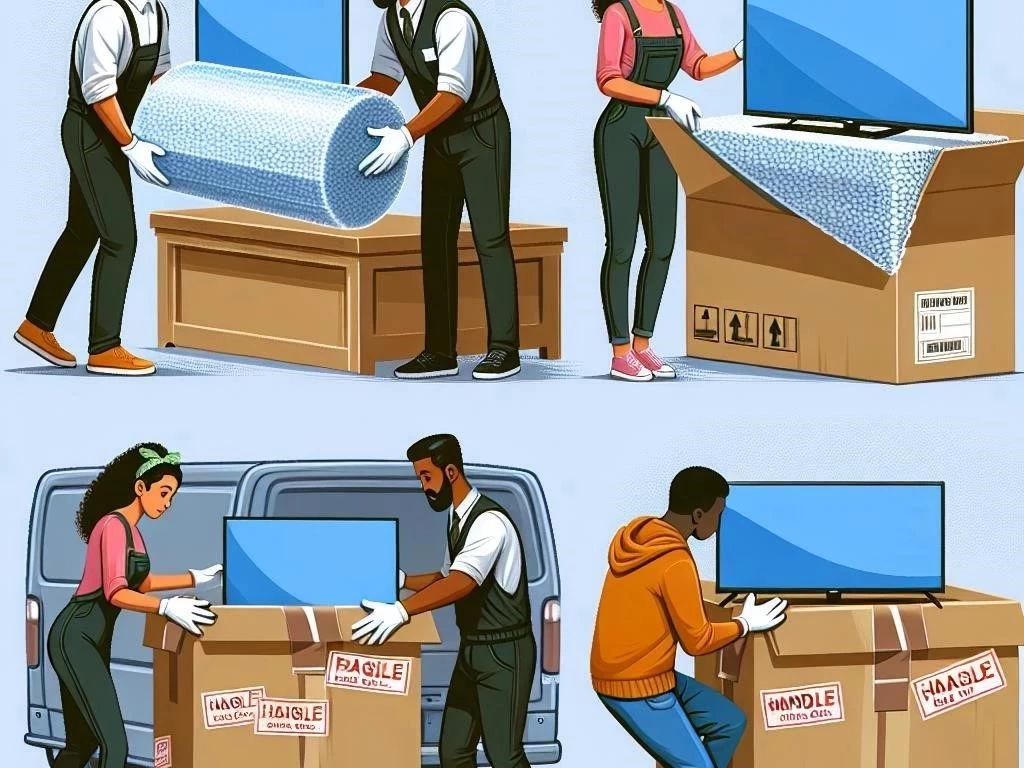
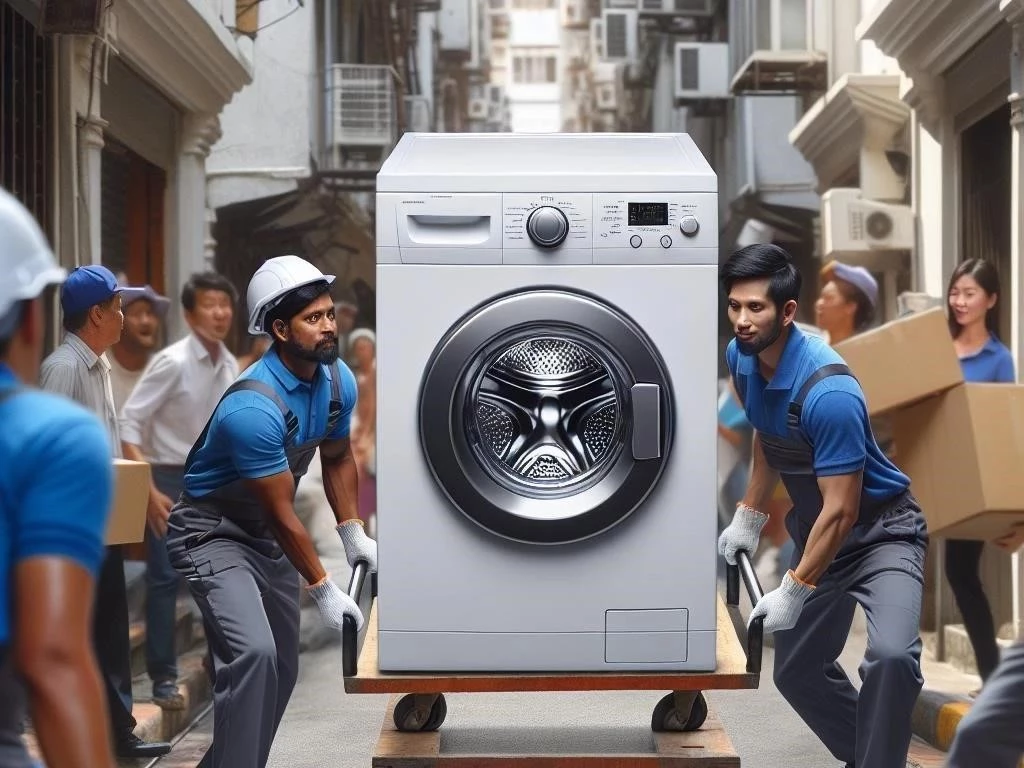
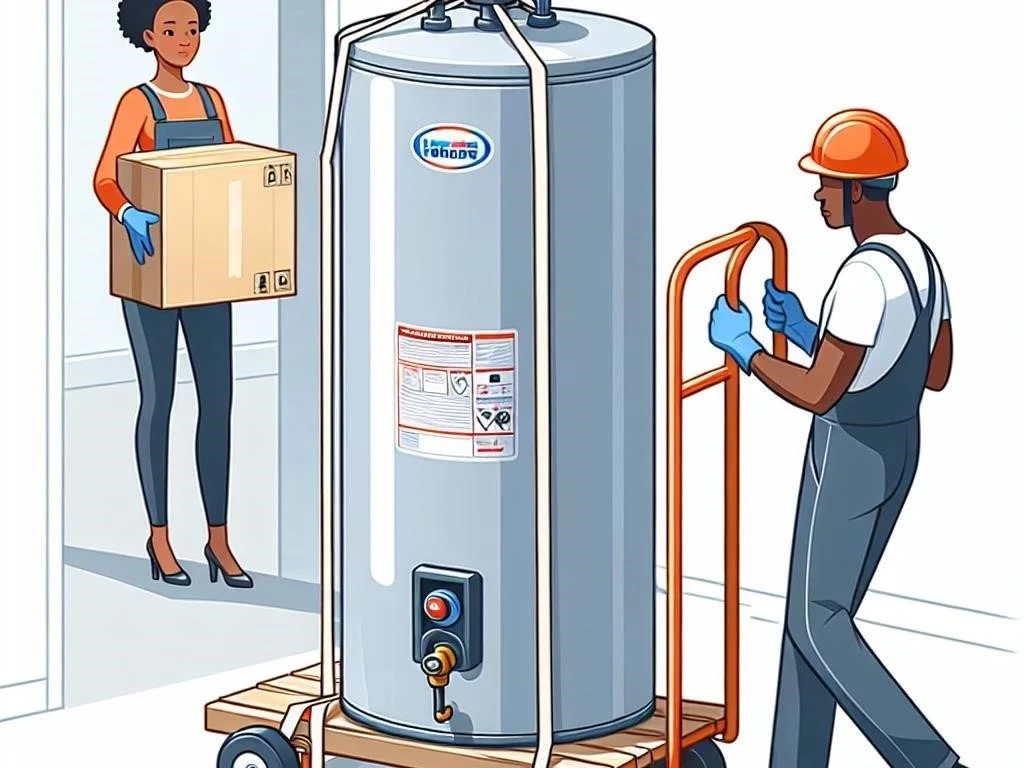

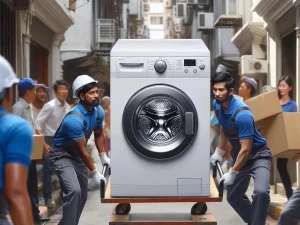
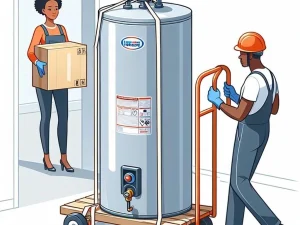





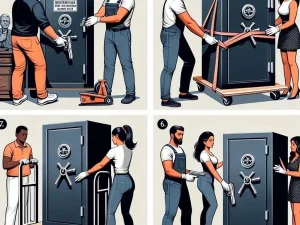


Post Comment